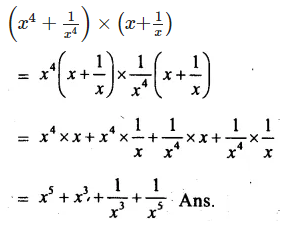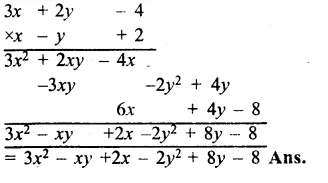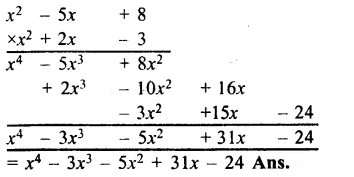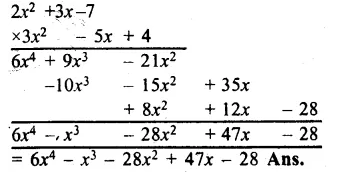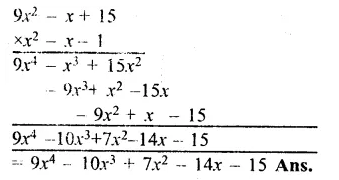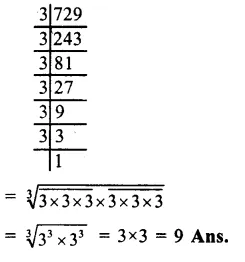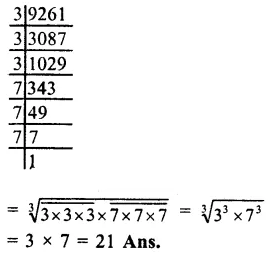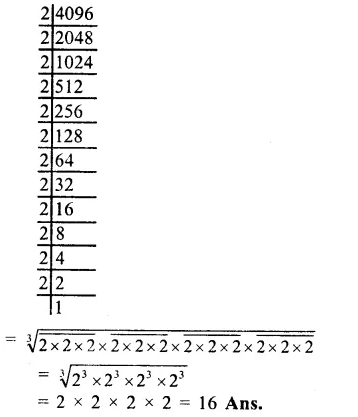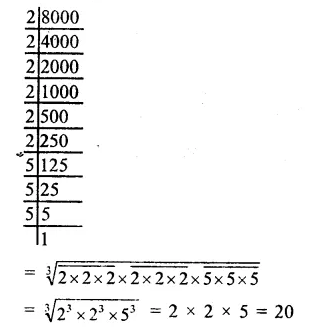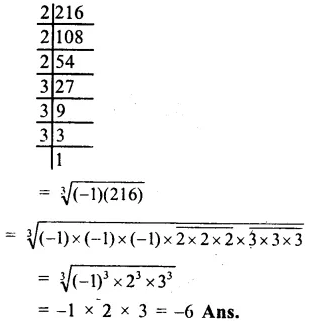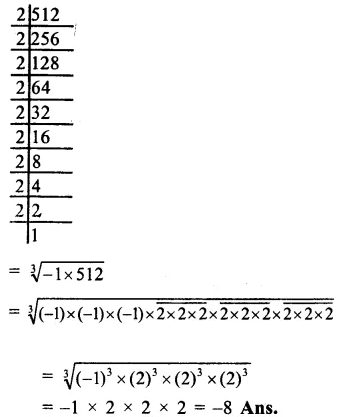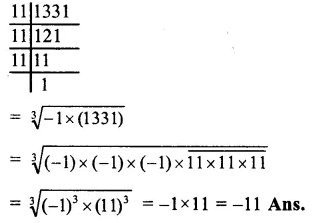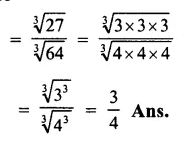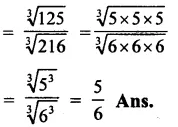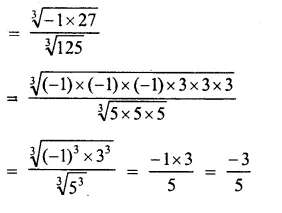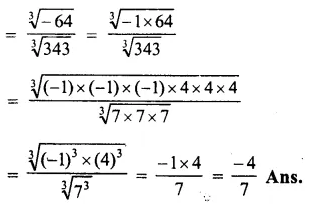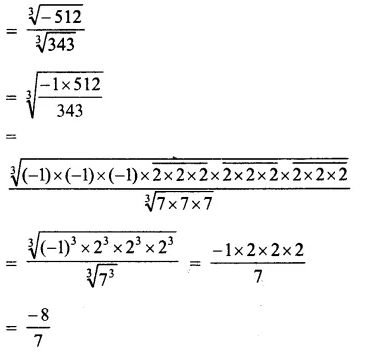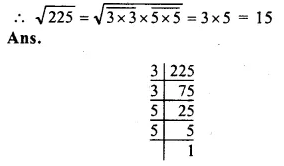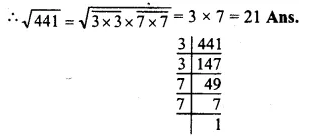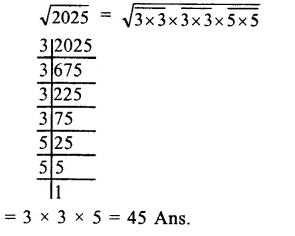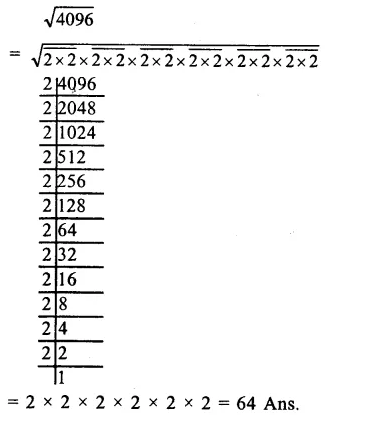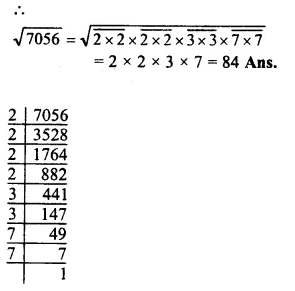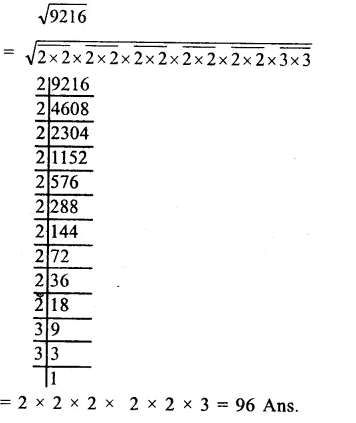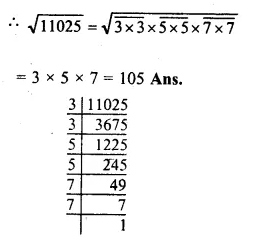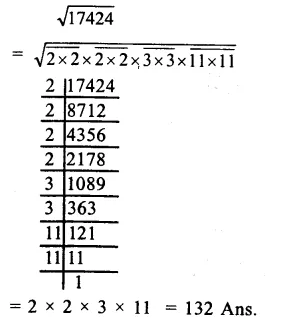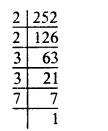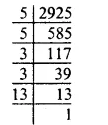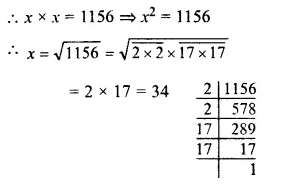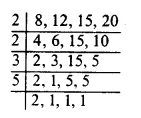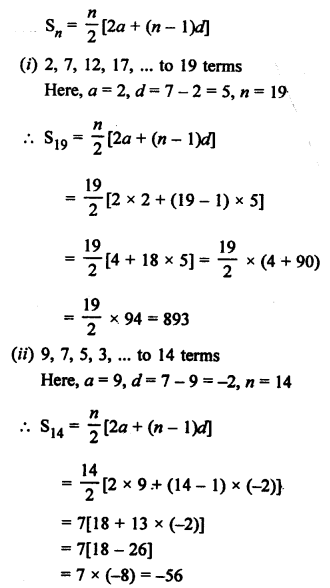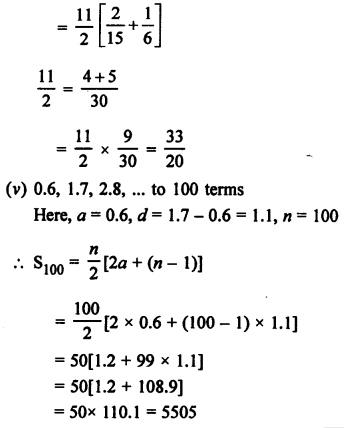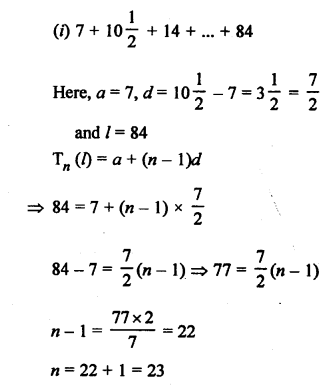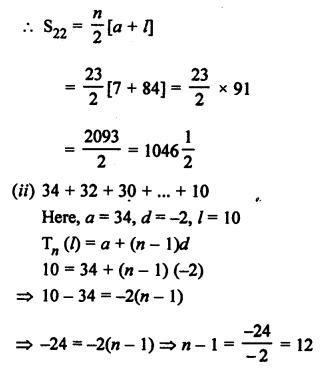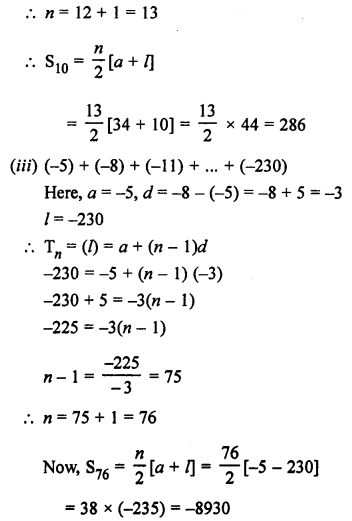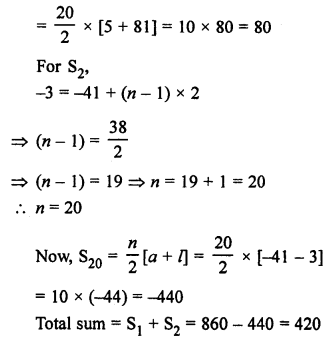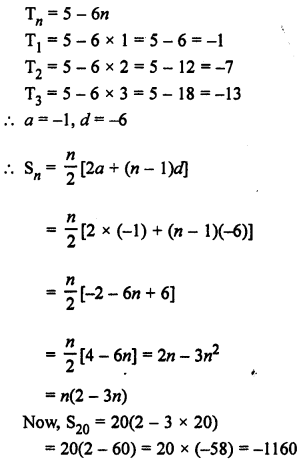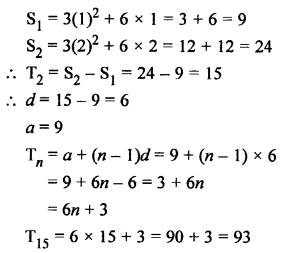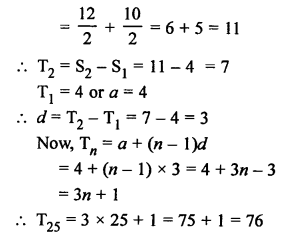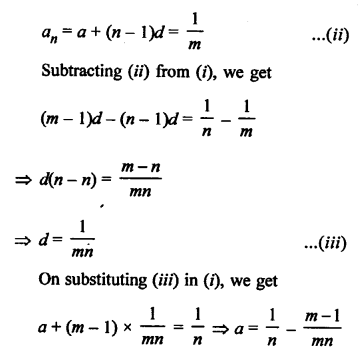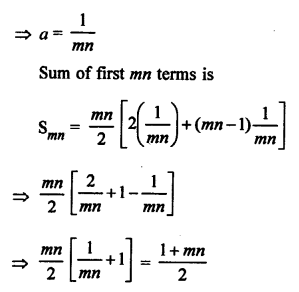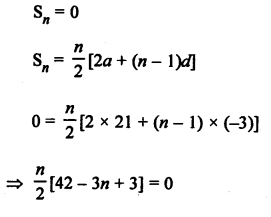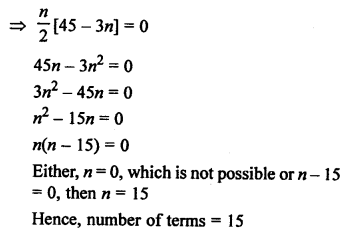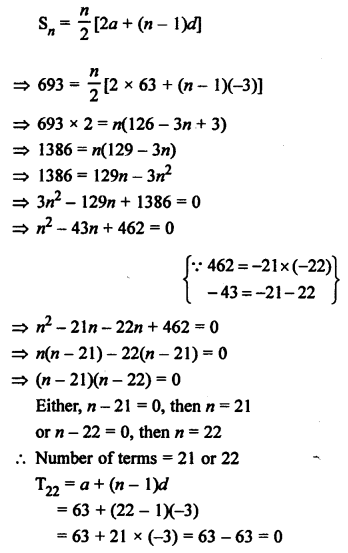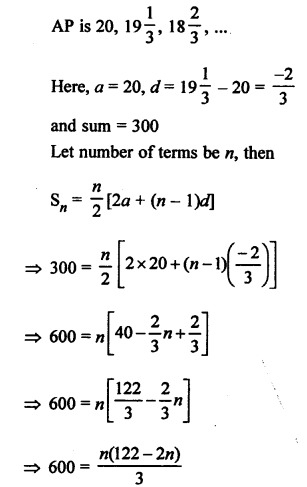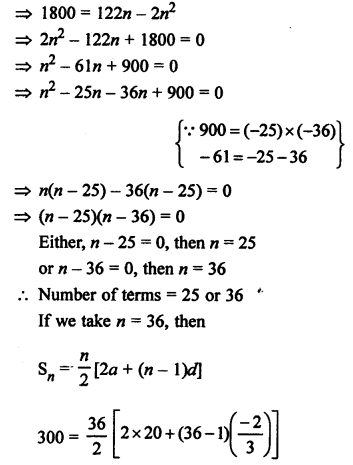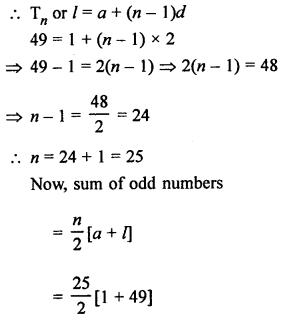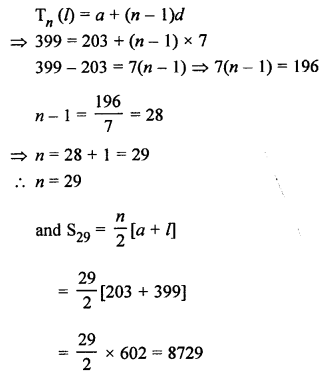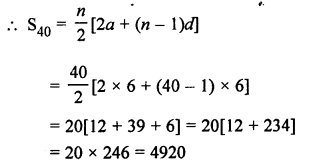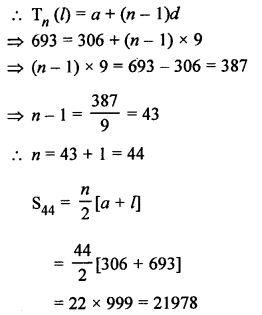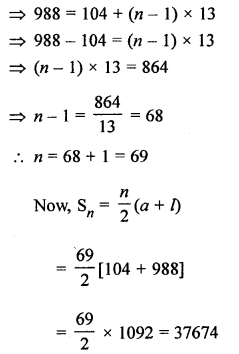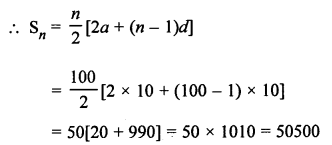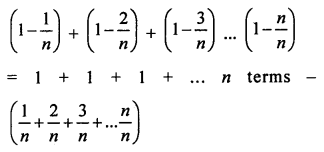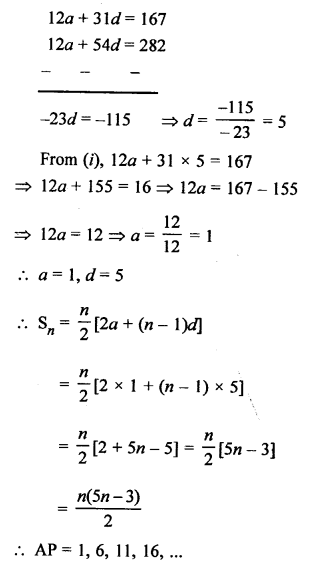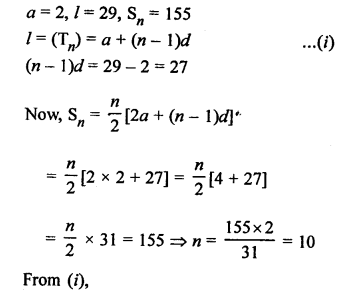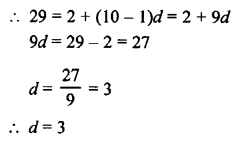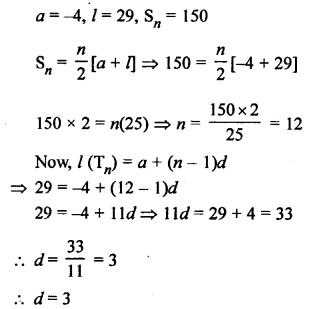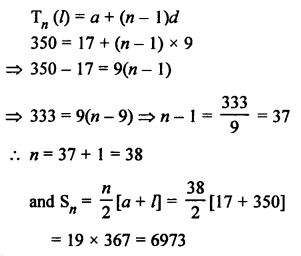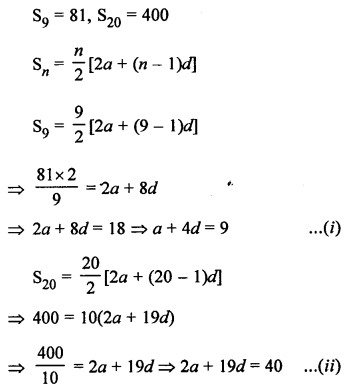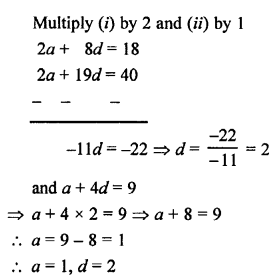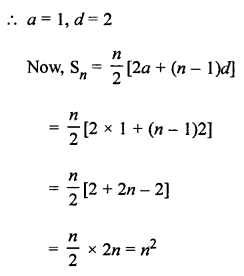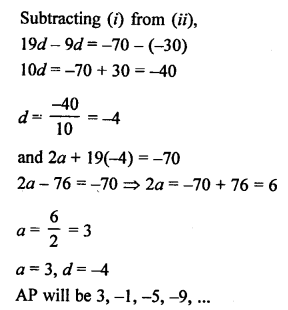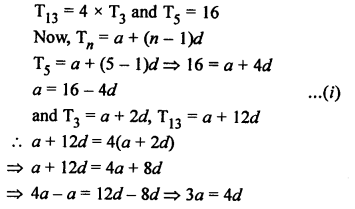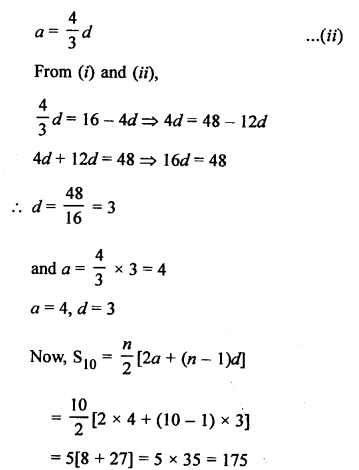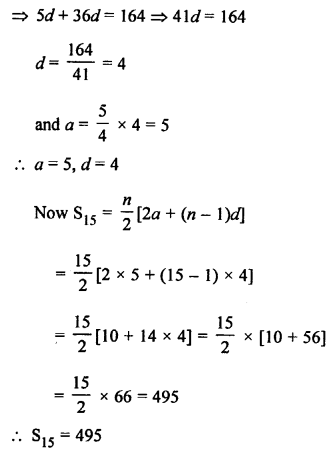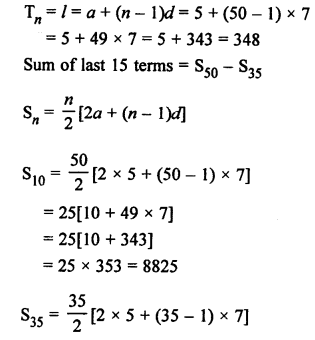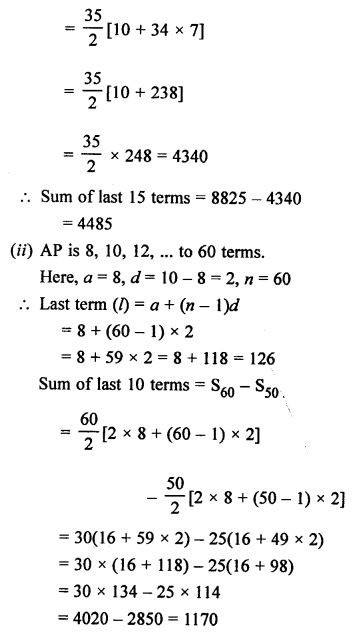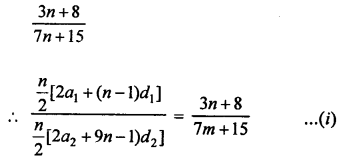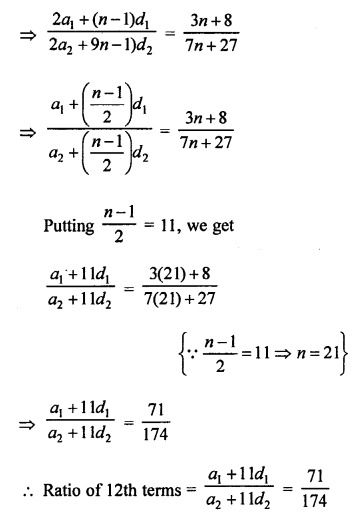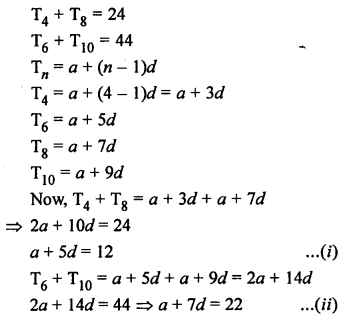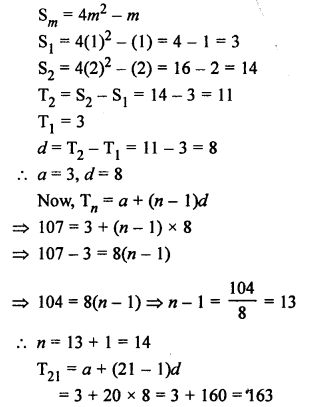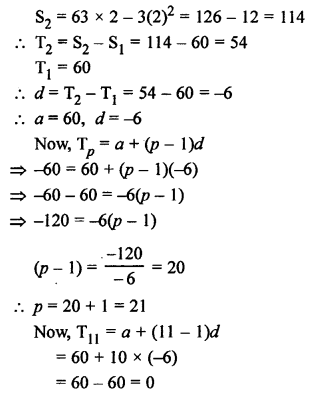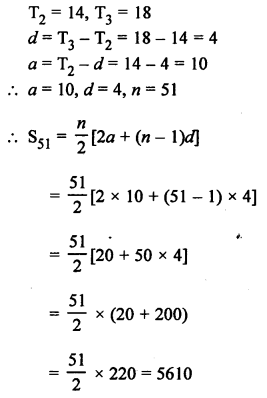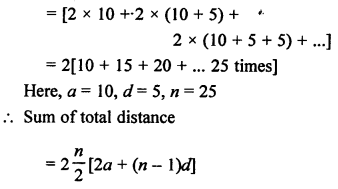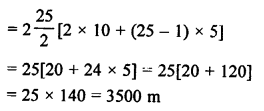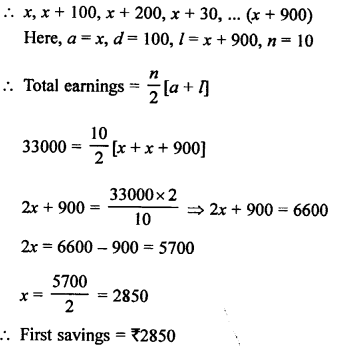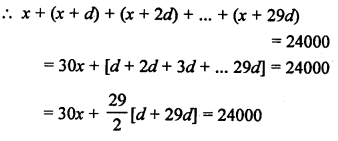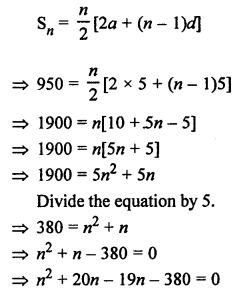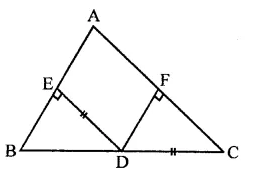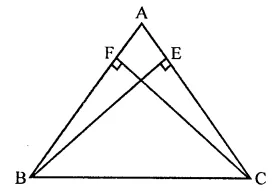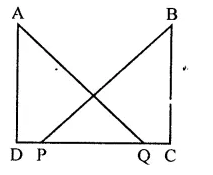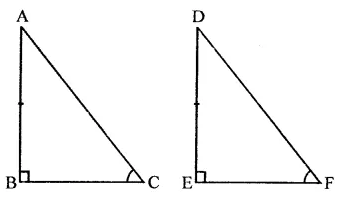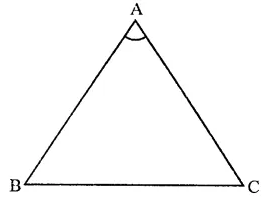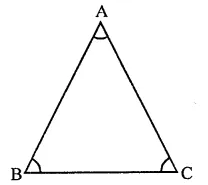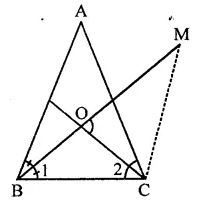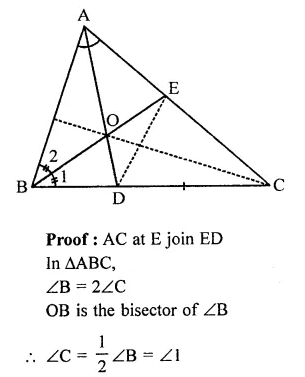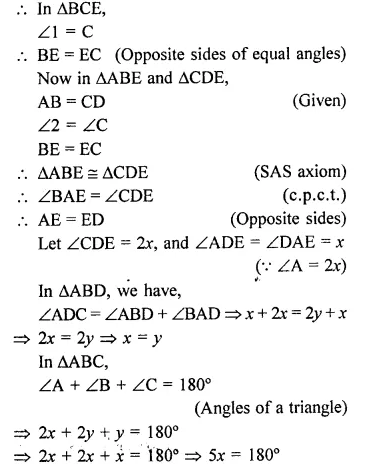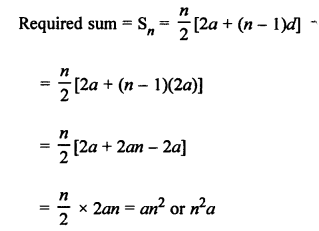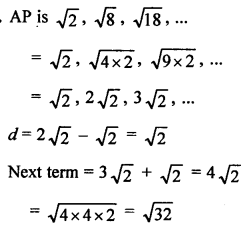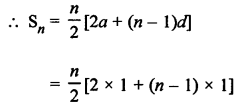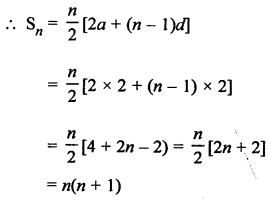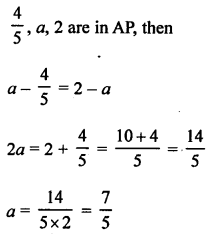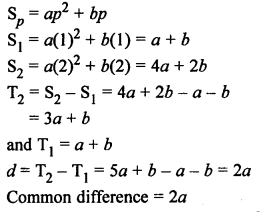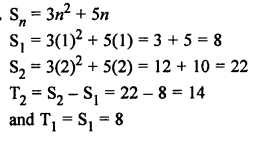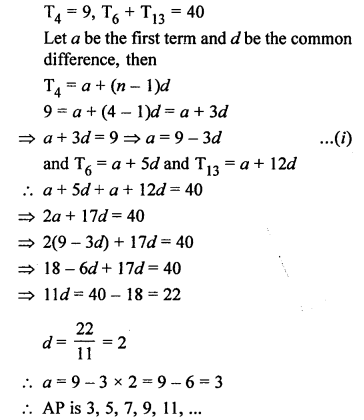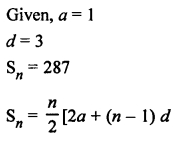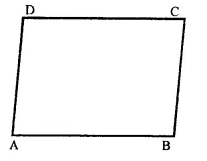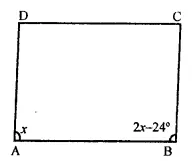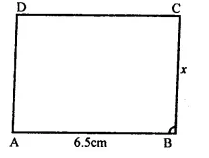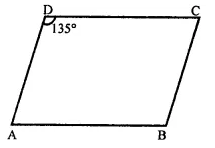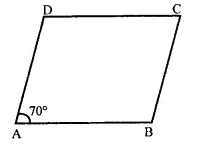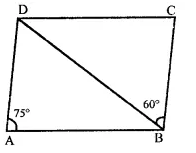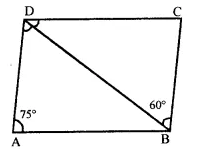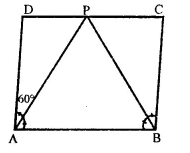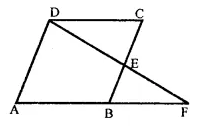RS Aggarwal Class 8 Solutions Chapter 6 Operations on Algebraic Expressions Ex 6D
These Solutions are part of RS Aggarwal Solutions Class 8. Here we have given RS Aggarwal Solutions Class 8 Chapter 6 Operations on Algebraic Expressions Ex 6D.
Other Exercises
- RS Aggarwal Solutions Class 8 Chapter 6 Operations on Algebraic Expressions Ex 6A
- RS Aggarwal Solutions Class 8 Chapter 6 Operations on Algebraic Expressions Ex 6B
- RS Aggarwal Solutions Class 8 Chapter 6 Operations on Algebraic Expressions Ex 6C
- RS Aggarwal Solutions Class 8 Chapter 6 Operations on Algebraic Expressions Ex 6D
- RS Aggarwal Solutions Class 8 Chapter 6 Operations on Algebraic Expressions Ex 6E
Question 1.
Solution:
(i)(x + 6)(x + 6)
= (x + 6)2
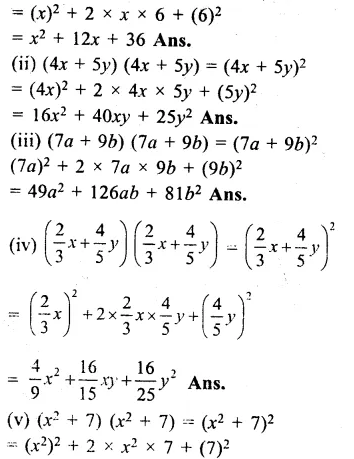
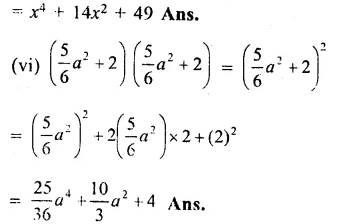
You can also Download NCERT Solutions for Class 8 English to help you to revise complete Syllabus and score more marks in your examinations.
Question 2.
Solution:
(i) (x – 4)(x – 4)
= (x – 4)2

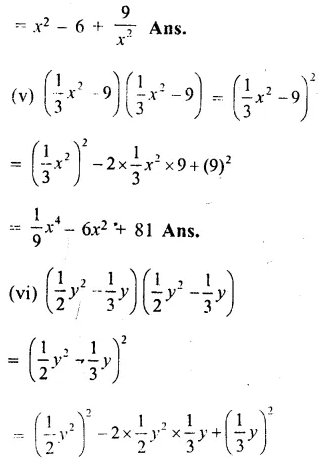

Question 3.
Solution:
(i)(8a + 3b)2
= (8a)2 + 2 x 8a x 3b + (3b)2
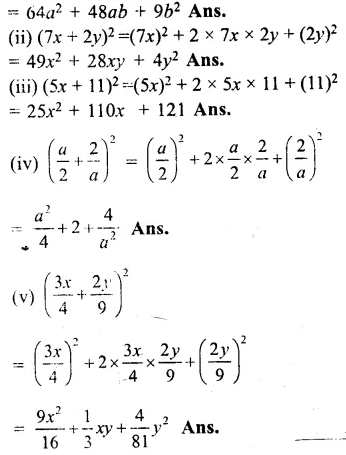

Question 4.
Solution:
(i)(x + 3)(x – 3)
= (x)2 – (3)2
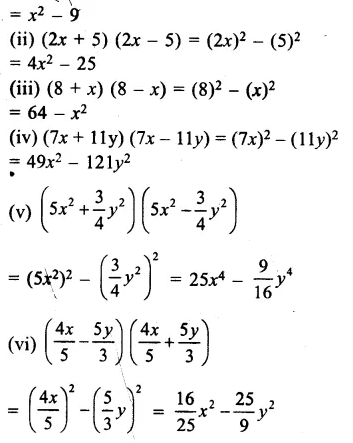
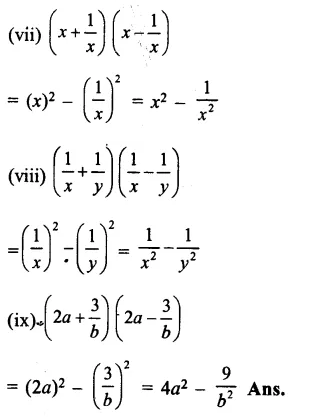
Question 5.
Solution:
(i) (54)2
= (50 + 4)2

Question 6.
Solution:
(i) (69)2
= (70 – 1)2

Question 7.
Solution:
(i)(82)2 – (18)2
= (82 – 18)(82 – 18)
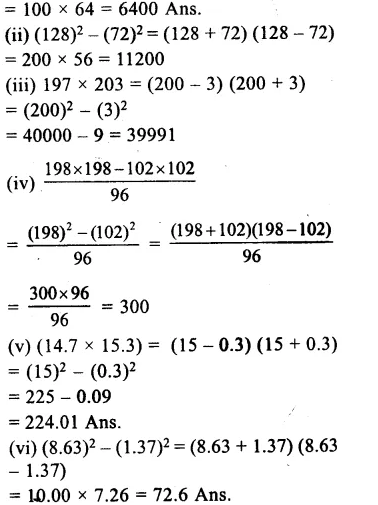
Question 8.
Solution:
9x2 + 24x + 16
= (3x)2 + 2 x 3x x 4 + (4)2
= (3x + 4)2
= (3 x 12 + 4)2
= (36 + 4)2
= (40)2
= 1600 Ans.
Question 9.
Solution:
64x2 + 81y2 + 144xy = (8x)2 + (9y)2 + 2 x 8x x 9y
= (8x + 9y)2
= \({ \left( 8\times 11+9\times \frac { 4 }{ 3 } \right) }^{ 2 }\)
= (88 + 12)2
= (100)2
= 10000 Ans.
Question 10.
Solution:
(36x2 + 25y2 – 60xy)
= (6x)2 + (5y)2 – 2 x 6x x 5y
= (6x – 5y)2
= \({ \left( 6\times \frac { 2 }{ 3 } -5\times \frac { 1 }{ 5 } \right) }^{ 2 } \)
= (4 – 1)2
= (3)2 = 9
Question 11.
Solution:
\(\left( x+\frac { 1 }{ 4 } \right) =4 \)
Squaring on both sides
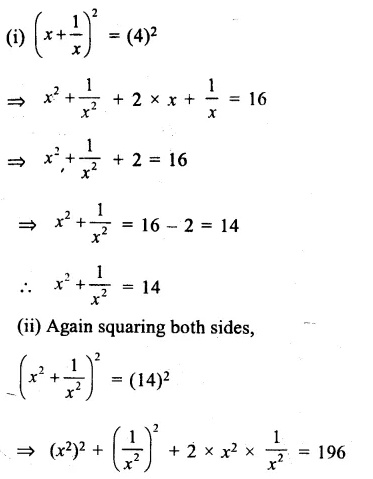

Question 12.
Solution:
\(\left( x-\frac { 1 }{ x } \right) =5 \)
(i) Squaring on both sides
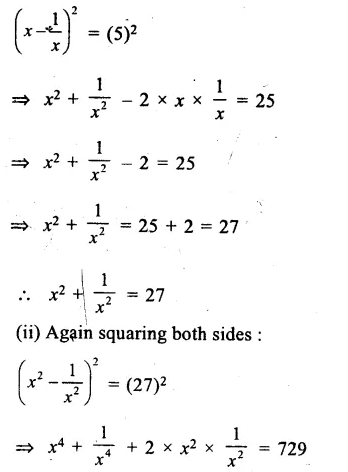

Question 13.
Solution:
(i) (x + 1) (x – 1) (x2 + 1)
= {(x)2 – (1)2} (x2 + 1)
= (x2 – 1) (x2 + 1)
= (x2)2 – (1)2 = x4 – 1 Ans.
(ii) (x – 3) (x + 3) (x2 + 9)
= {(x)2 – (3)2 } (x2 + 9)
= (x2 – 9) (x2 + 9)
= (x2)2 – (9)2 = x4 – 81 Ans.
(iii) (3x – 2y) (3x + 2y) (9x2 + 4y2)
= {(3x)2 – (2y)2} (9x2 + 4y2)
= (9x2 – 4y2) (9x2 + 4y2)
= (9x2)2 – (4y2)2
= 81x4 – 16y4 Ans.
(iv) (2p + 3) (2p – 3) (4p2 + 9)
= {(2p)2 – (3)2} (4p2 + 9)
= (4p2 – 9) (4p2 + 9)
= (4p2)2 – (9)2 = 16p4 – 81 Ans.
Question 14.
Solution:
x + y = 12
Squaring both sides,
(x + y)2 = (12)2
=> x2 + y2 + 2xy = 144
=> x2 + y2 + 2 x 14 = 144
=> x2 + y2 + 28 = 144
=> x2 + y2 = 144 – 28 = 116
x2 + y2 = 116 Ans.
Question 15.
Solution:
x – y = 7
Squaring both sides,
(x – y)2 = (7)2
=> x2 + y2 – 2xy = 49
=> x2 + y2 – 2 x 9 = 49
=> x2 + y2 – 18 = 49
=> x2 + y2 = 49 + 18 = 67
x2 + y2 = 67 Ans.
Hope given RS Aggarwal Solutions Class 8 Chapter 6 Operations on Algebraic Expressions Ex 6D are helpful to complete your math homework.
If you have any doubts, please comment below. Learn Insta try to provide online math tutoring for you.
